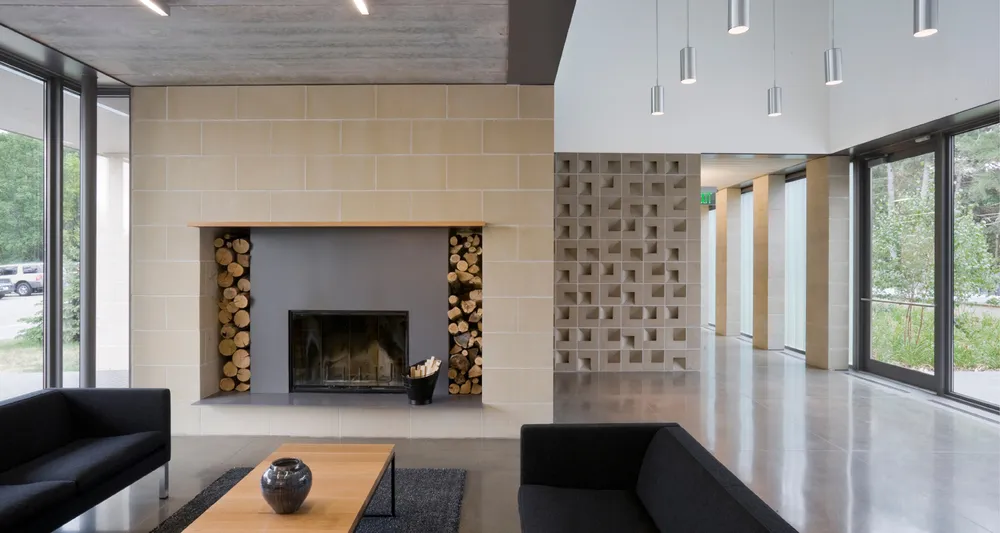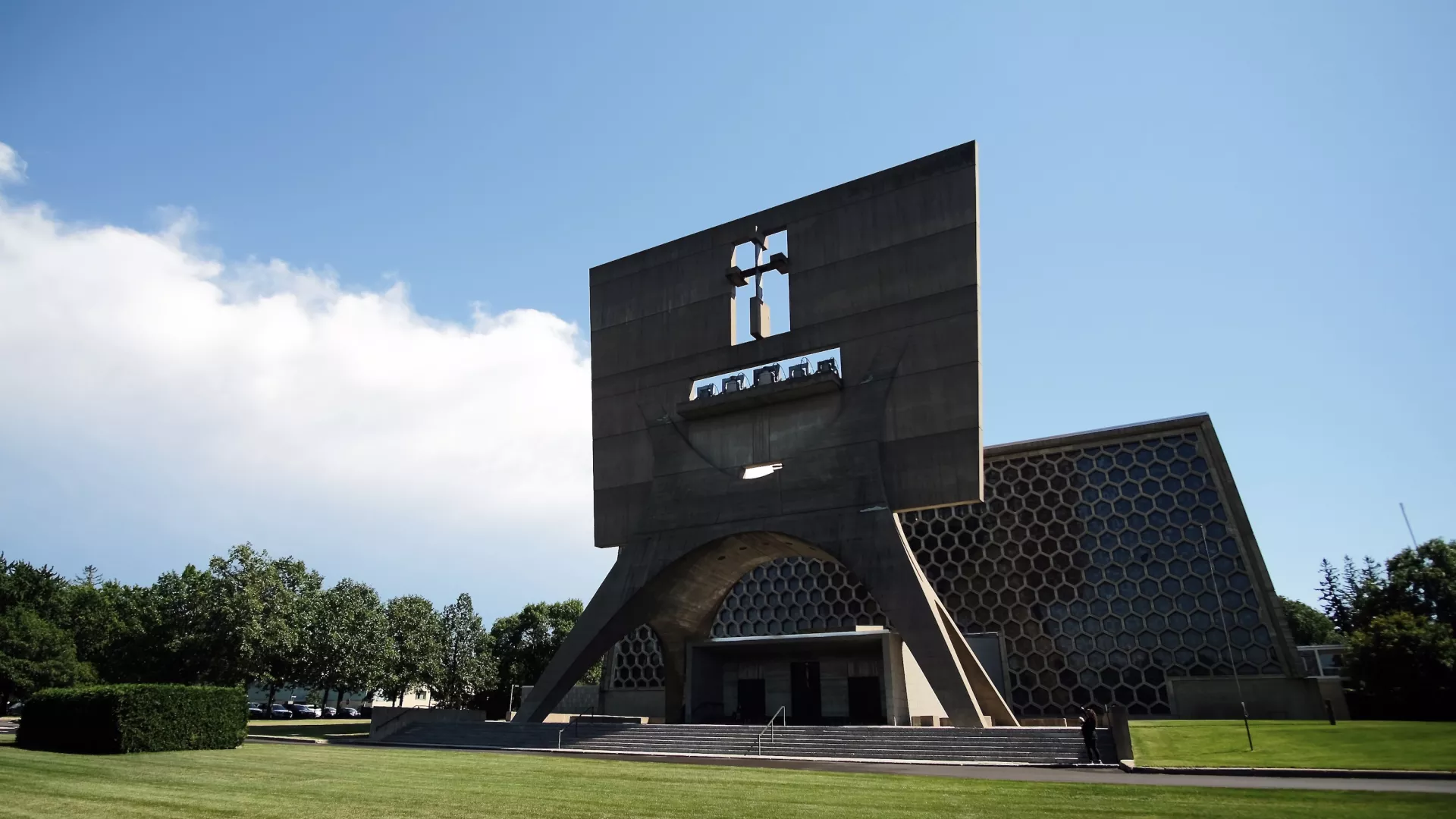
- Home
- Road Trips
How to Spend the Day in St. Joseph and Collegeville
With gas prices hovering at an all-time high heading into the summer of 2022, Explore Minnesota decided to dust off our old travel guide series Trip on a Tankful as a surefire way to seize the day across our state while saving cash and lowering our carbon footprint.
This week's itinerary is a laid-back trip out to St. Joseph and Collegeville, the small but vibrant college towns that house Saint John’s University and the country’s only all-female Benedictine college, Saint Benedict.
1. Buy a loaf of Johnnie Bread
According to MPR News, just a handful of Saint John’s students bake thousands upon thousands of its signature loaves a year — a bread so beloved it has its own book (Kenneth Jones’ The Loaf That Became a Legend). Johnnie Bread is rooted in a rye flour recipe from the Bavaria-born Benedictine monks that founded the university, but it works in a little wheat due to how abundant the crop is within the Midwest. Be sure to show up early at the University Bookstore to grab your own bag; freshly baked loaves often sell out by the afternoon, making Johnnie Bread Mix and your own home oven the only other option for experiencing its hearty old-world flavors.

2. Hike to a hidden chapel
“Fostering the Benedictine tradition of land stewardship, education and environmental respect” is a big part of Saint John’s broader mission within Central Minnesota. So much so that it set nearly 2,500 acres aside as a wildlife refuge (a.k.a. Saint John’s Abbey Arboretum) in 1933 and launched its Outdoor University programming among eager students and community members in 2013.
One way to get a nice overview of Saint John’s vibrant ecosystem is by walking its Chapel Trail. The three-mile hike features a statue of the first Native American martyr (St. Kateri) alongside Lake Sagatagan, as well as one of the campus’ most iconic landmarks: the Stella Maris Chapel. Originally built in 1872, it burned down during a lightning storm in 1903, and has endured countless renovations throughout the years. Peek inside to numb the noise of the outside world and soak up delicate stained-glass details like the lovely window pictured above .
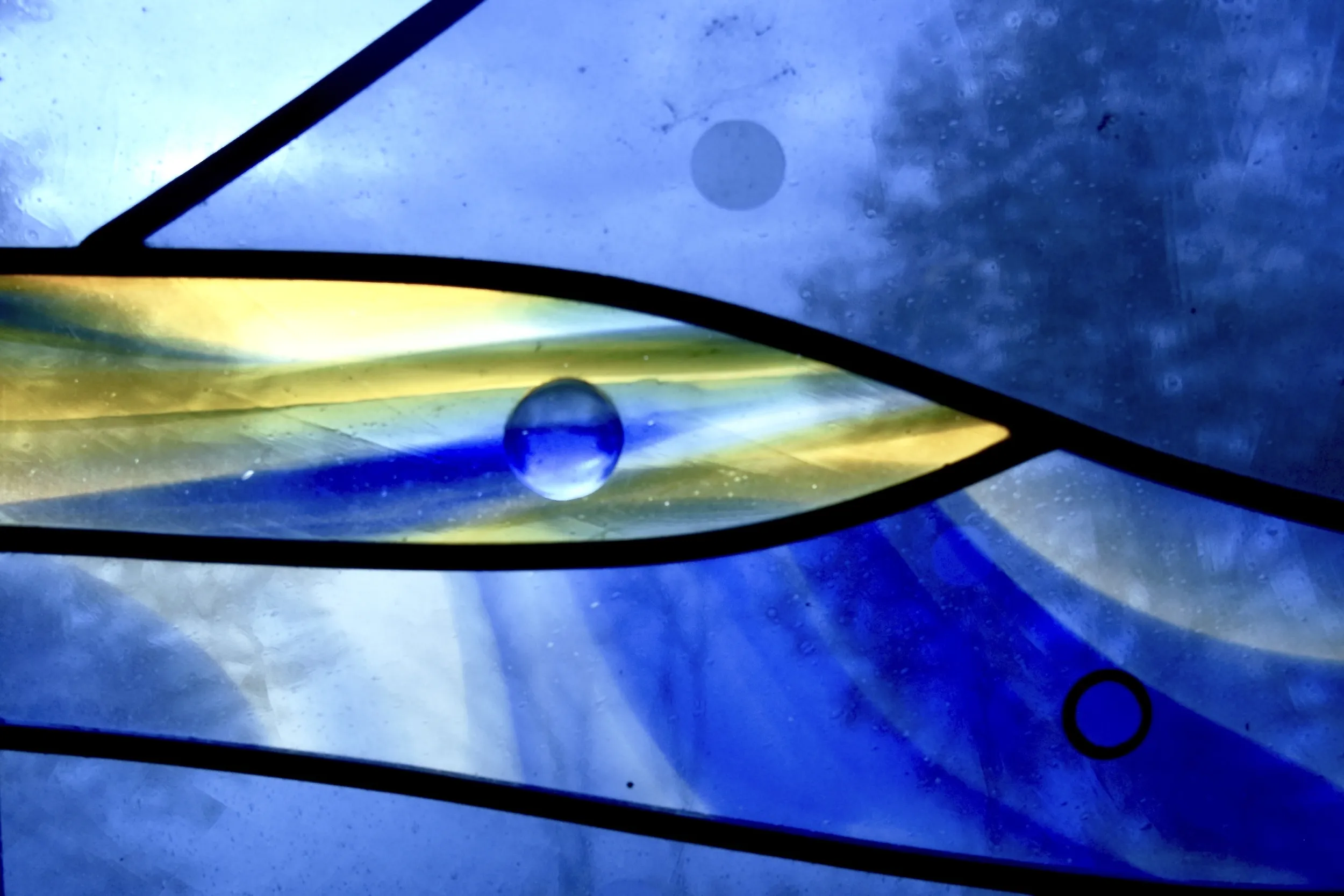
3. Bask in Brutalism
World renowned architect I.M. Pei once called Saint John’s Abbey one of the 20th century’s greatest achievements, but he made sure to add the ultimate backhanded compliment — that if it weren’t in the middle of rural Minnesota, everyone would know about it. To which we say, exactly. Part of the appeal of Marcel Breuer’s severe, love-it-or-loathe-it structure is the sheer scale of it, and the lingering sense that a spaceship dropped it out of the sky fully intact. And that’s just the exterior; its surreal interior sports 430 abstract hexagons (one of the world’s largest stained-glass walls), spacious wooden seating for 1,400 people and an altar in the middle of the floor.

4. Imagine you're in New Orleans
Don’t let the “Est. 1944” tagline of Krewe confuse you into thinking that it’s been on College Avenue since the FDR administration. It’s more of an homage to the faithfully replicated family recipes of Chef Mateo Mackbee, which make his menu feel like it was beamed up from Bourbon Street during jazz’s heyday.
A recent menu refresh — they happen regularly, depending on where Mackbee’s head is at — boasted a po’boy with Gulf shrimp the size of golf balls and such welcome standards as cast-iron cornbread with honey butter, smothered collard greens kicked up a couple notches with caramelized onion and shredded ham hock, and expertly poured cocktails like a stiff house Sazerac and a refreshing Apricot Gin Rickey brightened up by peaflower pedals and lime juice.
Swing by at lunchtime to avoid the reservations-recommended dinner rush and load up on fresh-baked pastries and creative pies (matcha chess pie with blueberry bursts, anyone?) at Krewe co-owner Erin Rae’s bakery (Flour & Flower) out back. Having both small businesses firing on all cylinders makes this one of the state’s most crucial dining destinations — as worth the drive as anything else within an hour of the Twin Cities.
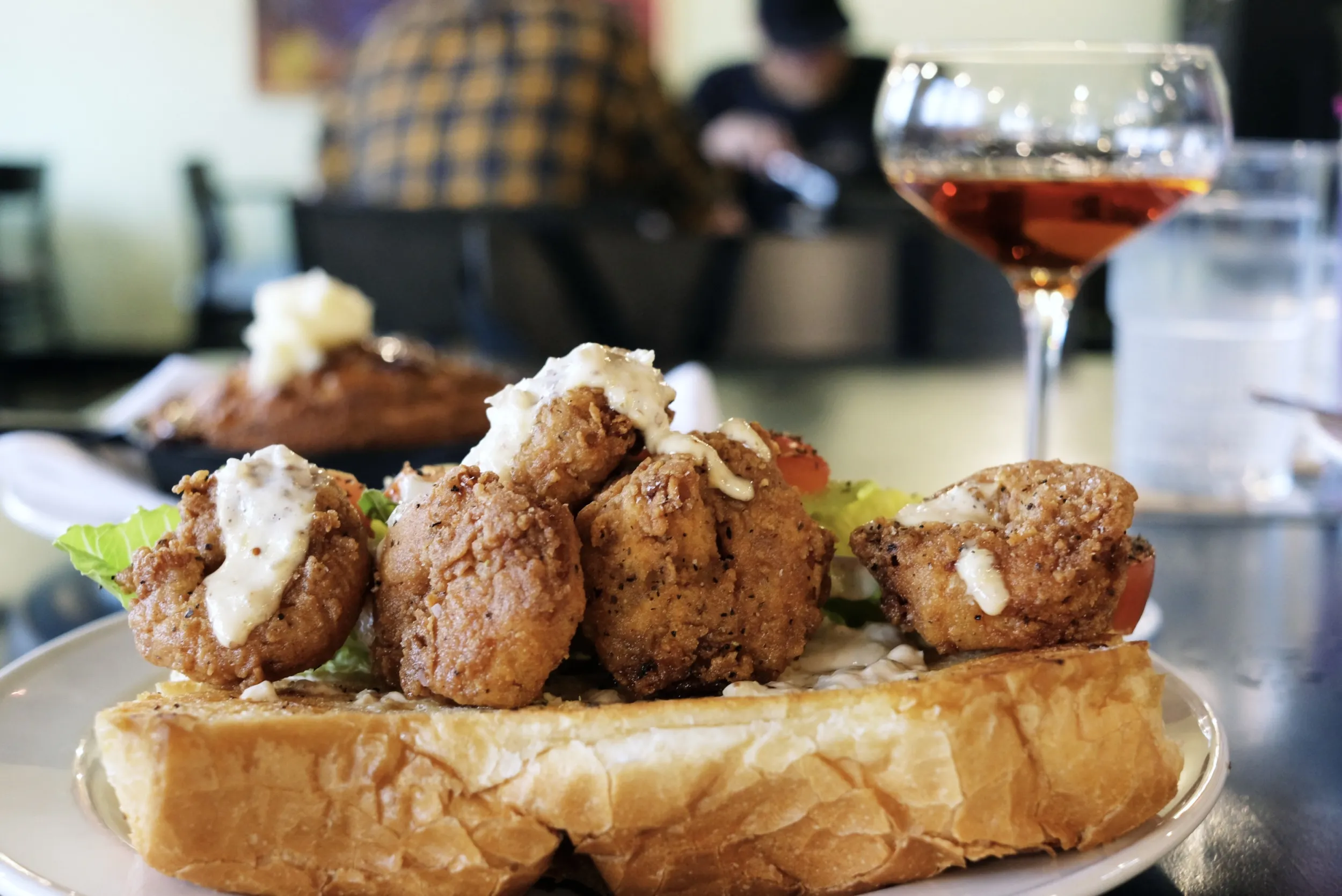
5. Learn the art of Japanese hospitality
Longtime artist-in-residence Richard Bresnahan has led the revered ceramics program at Saint John’s Pottery since 1979, melding the masterful teachings of art historian Johanna Becker and legendary Japanese potter Takashi Nakazato in a manner rarely seen within the U.S. This means his students spend weeks on end perfecting specific forms, and we benefit from the truly one-of-a-kind works that emerge from North America’s largest wood-fired kiln. Bresnahan is typically on hand to help give tours of his space, while his apprentices pour tea for visitors from a traditional irori table every afternoon at 3 p.m. (And you thought your fika break was interesting.)
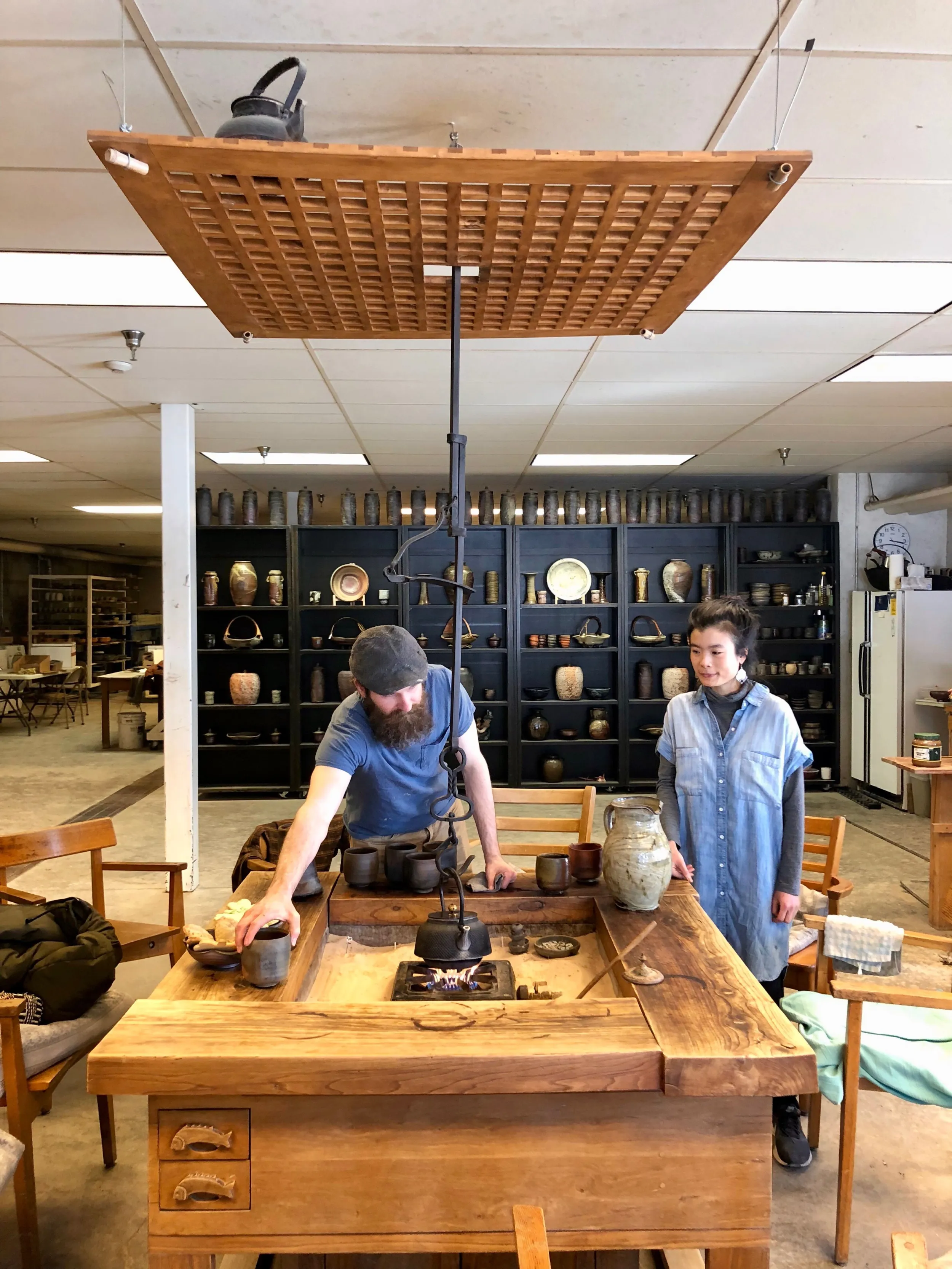
6. Sink a few ciders
In case you can’t tell by the sprawling orchard in front of its farmhouse-like taproom, Milk & Honey founders Aaron Klocker, Adam Theis and Peter Gillitzer take the art of artisanal cider as seriously as anyone in Vermont, England or France. Or as Gillitzer said in Minnesota Monthly a few years back, “Cider culture, fledgling as it may be, is a very natural fit with Minnesota’s climate, landscape and sense of place. Apples grow very well here; we have a deep agrarian history with our productive soils, abundant rainfall, cold winters and warm summers. It just feels like a beverage that Minnesotans should enjoy: very low intervention, just crush fruit and wait.”
If cider simply isn’t your thing — hard to believe considering Milk & Honey has styles that fit just about any palate, from heirloom blends to Kingston Black bottles that resemble sparkly natural wine — St. Joseph has Bad Habit Brewing Company slinging craft beer flights just five minutes away.
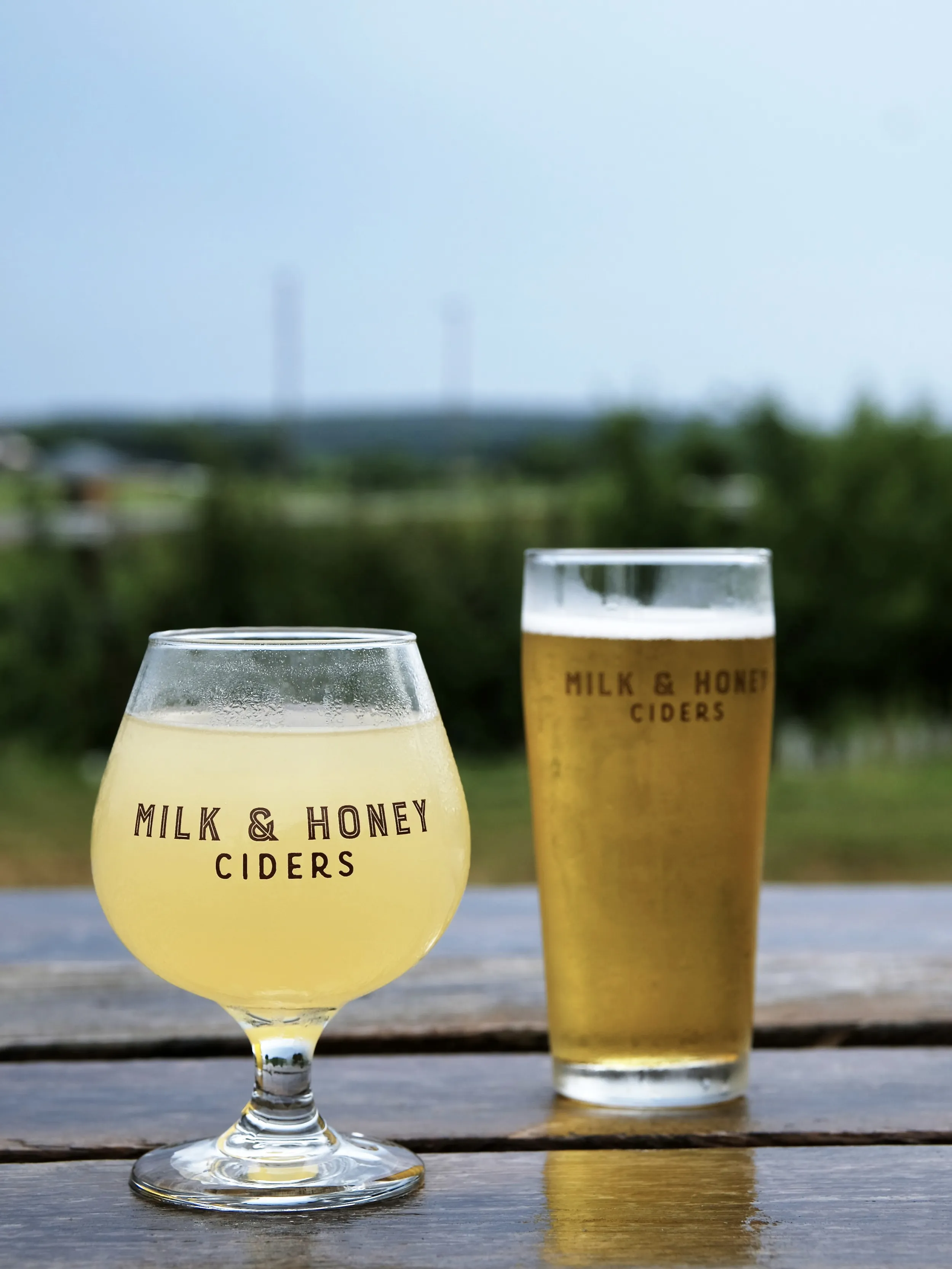
7. Decompress in St. Cloud
Munsinger and Clemens Gardens are located right across the street from one another near the Mississippi River and offer some of the state’s most spectacular flower displays. A must for amateur photographers and families, this free attraction makes the most of a robust annual, perennial and shrub program that produces up to 75,000 plants a year.
Wanna grab a cold brew before a long walk through such immaculate grounds? Kinder Coffee Lab offers “the snootiest-quality coffee without any of the snoot” in an airy café that’s a short drive away.
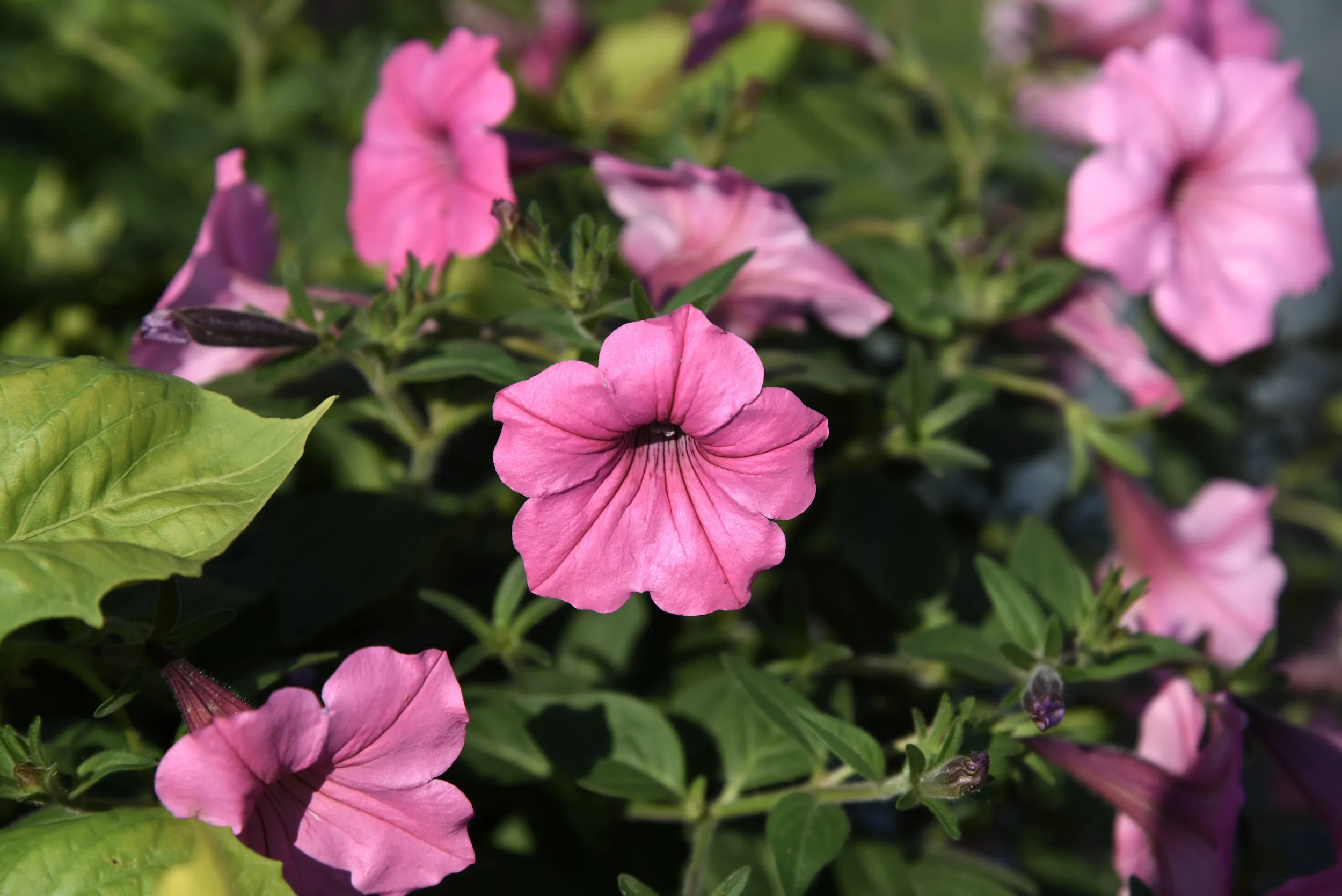
8. Sample the state’s best wild rice soup
While a perfectly dialed-in, diner-like breakfast may be the main draw at Monticello’s beloved Cornerstone Café, we can’t blame anyone for simply wanting to order a couple signature bowls of chicken wild rice soup at lunch or dinner. WCCO viewers declared it peerless in 2013, and not much has changed since then. It’s still Minnesota in a bowl, served with a side of bread for mopping.
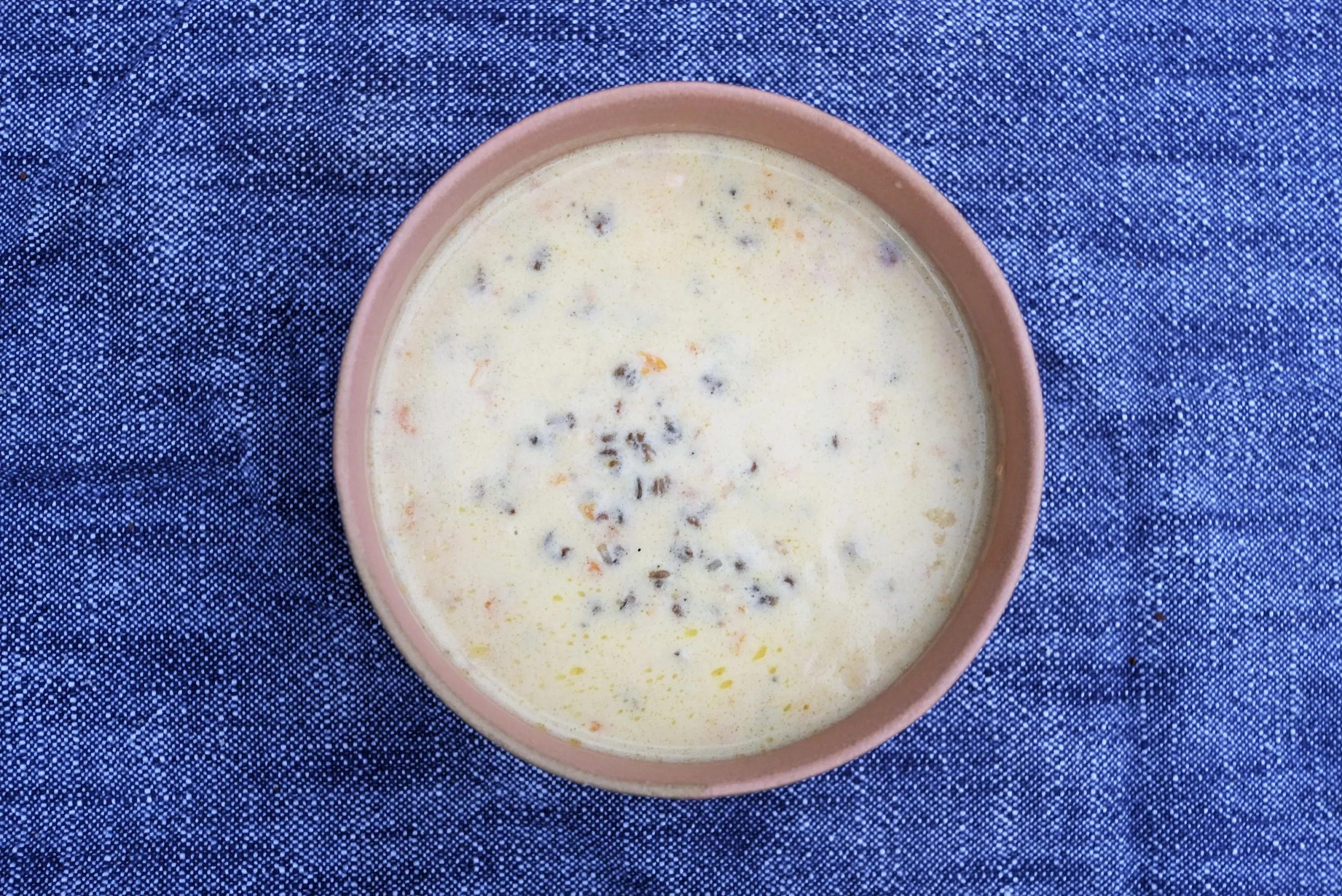
9. Spend the night at Saint John’s Abbey Guesthouse
Individual and group retreats are offered to guests — regardless of their religion, or lack thereof — for a suggested offering of $135 for a suite, $75 for a single occupancy room, and $105 for a double. Breakfast is included, and lunch and dinner are offered for $12 and $15, served with a side of spiritual renewal.
